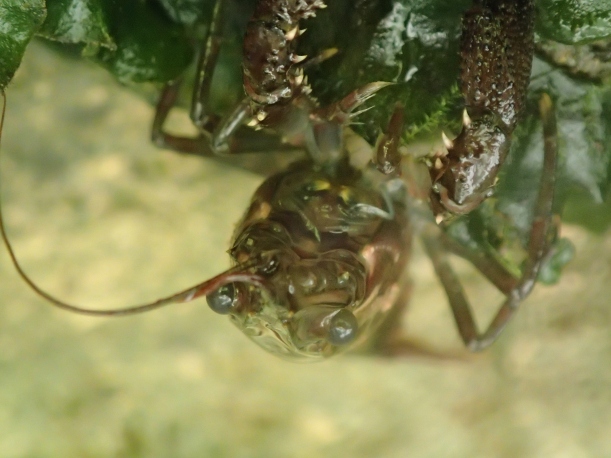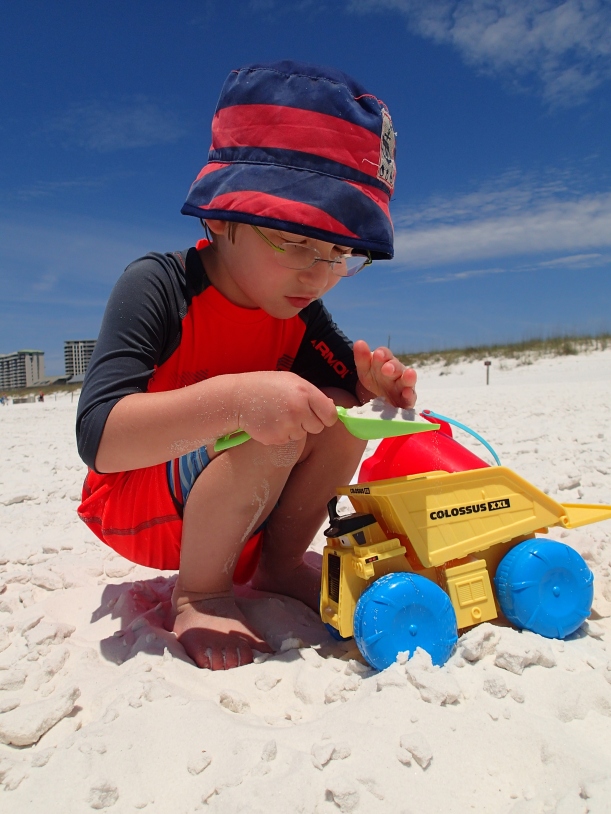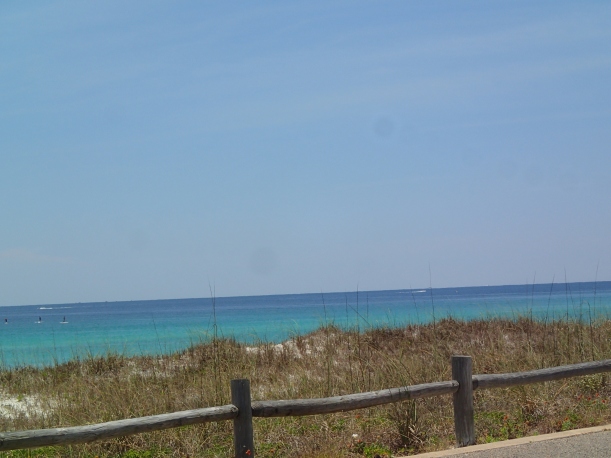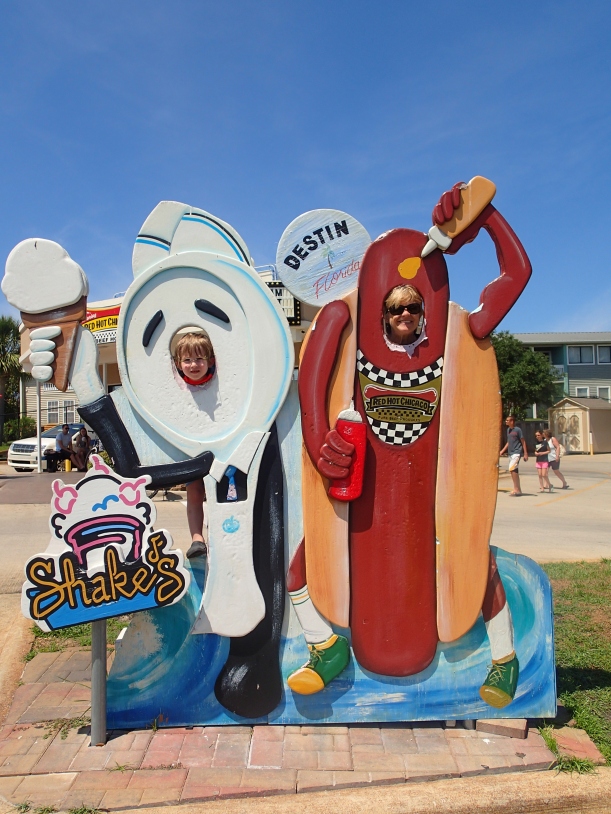Note: This is a follow up to my first blog on this project. For the background and an explanation of the study, see Part 1
By Mark Herr
The field season is heating up for my summer Timber Rattlesnake project! As described in the first post, we’re using foam models of rattlesnakes to measure how the risk of predation varies between the different summer basking sites used by gravid female rattlesnakes. This project is a sub-project of the main study being conducted by Chris Howey looking into the effects of prescribed fire on rattlesnake ecology in general, and for most of the summer up until now I’ve been assisting with that study while we’re waiting for the gravid female snakes to arrive at their summer gestation sites. Well, it seems that they’ve (finally!) arrived, and so this week Chris, Alex (another one of the field techs on the rattlesnake project), Tom Radzio, and I have been deploying models and initiating the first field phase of the study!

Here I am with a beautiful yellow phase female rattlesnake that we found down the mountain below one of our known gestation sites. If she’s gravid then hopefully she’ll head up to the top to bask!

One of our black phase models deployed against the substrate. We take a photo of each model after we place it out in the field so that we can reference them when examining them for signs of predation at the end of the deployment.
Tom Radzio is a graduate student who’s currently pursuing his PhD at Drexel University. He’s an old friend of Chris’, and was generous enough to (awesomely!) provide us with field time-lapse cameras that we can use to record the happenings on the gestation sites while we aren’t there! Tom has used these cameras in his research on Gopher Tortoises in Georgia, and they should be incredibly valuable for us in this project, as they’ll let us truly see what’s happened to the foam snake models while they’re deployed. We were previously planning on trying to decipher any potential predation attempts on the models by examining the imprints left in the foam (as has been done in other studies) but now we’ll be able to look at the footage and see for ourselves exactly what happened!
We’ll be leaving the cameras up for the rest of the summer, and hopefully we’ll be able to record not only what happens to the foam predation models, but also anything interesting that the actual snakes using these sites are doing during the day. We might be able to use this data to figure out when the snakes are emerging at the different sites and when they go back underground for the night. Questions like that will help us to explore the other side of this project: how do the thermal qualities of the sites differ from one another? Do snakes need to emerge at different times, or stay out longer, at some sites because they are thermally inferior? Hopefully the cameras will help with resolving some of those issues.

The final setup! You can see the two lower arrows pointing at two models, one black and one yellow. The top arrow shows one of the cameras that’ll record the site for later analysis.
Of course, our primary tool for examining those questions will be the copper thermal models that we’ll be placing out at the gestation sites very soon -as early as this next week! They’ll go out after we retrieve the foam models from the sites at the end of this first deployment (which’ll be on Monday – we’re keeping the foam models out for one week at a time).
I’m excited that this project is finally in full swing, and hopefully we get some interesting results over the course of the summer! Also exciting is the fact that I received an SSAR Roger Conant Grant In Herpetology for this project! I had applied this winter during the semester and was anxiously waiting to hear back, and now we’ll be able to use this grant to assist with some of the costs associated with the cameras and models. I’m so happy to have received the grant, and I couldn’t have done it without Chris and Tracy who helped to devise the project!












